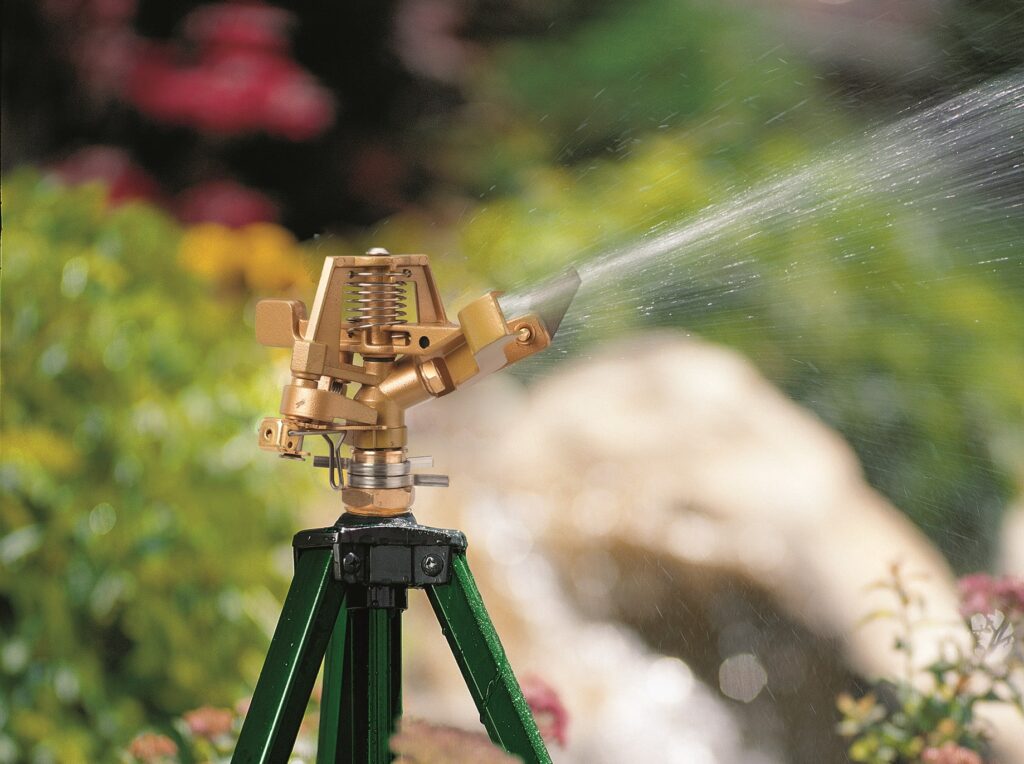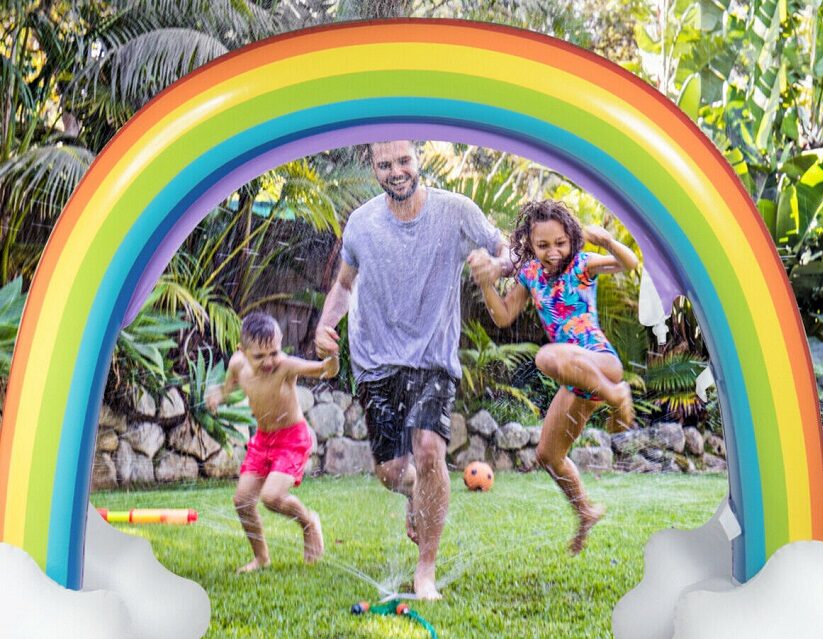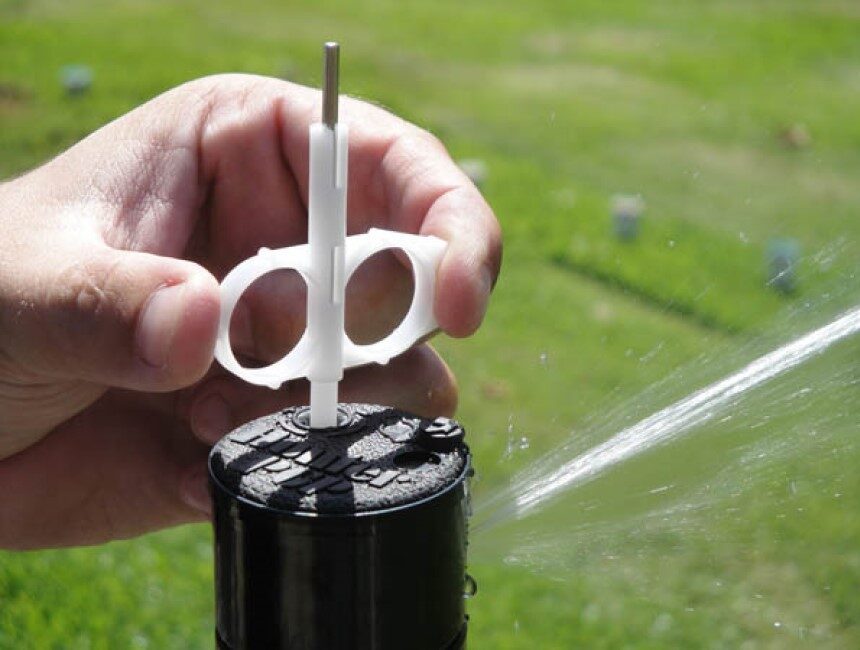
A sprinkler system is an extremely useful piece of equipment that can improve the quality of the plants in your yard. But, if the sprinklers won’t turn on it can be a real hassle and it can have a dramatic effect on your lawn and plants. Solving these probable causes and getting the sprinkler system working again will be the focus of this article.
If you don’t have an automatic sprinkler system you may be wondering if it’s a worthwhile investment. Many people are concerned that this type of watering wastes a lot of water. This is incorrect, the opposite is true, a well-planned automatic sprinkler system is a more efficient way to water your lawn and plants Trusted Source Sprinkler Spruce-Up - EPA When it comes to a home’s irrigation system, a little maintenance goes a long way. Homes with clock timer controlled irrigation systems use about 50 percent more water outdoors than homes without irrigation systems. Your system can waste even more if it’s programmed incorrectly, a sprinkler head is pointed in the wrong direction, or you have a leak. Before you ramp up your watering efforts, spruce up your irrigation system by remembering four simple steps: inspect, connect, direct, and select. www.epa.gov . The water delivery is targeted and precise which will lower your water bill if the system is optimized.
Another main reason for a water sprinkler installation is to save time. When you don’t have to stand around holding a garden hose you can spend more of your precious time enjoying your yard and garden. But, there are many types of sprinkler systems, you may invest in the best lawn sprinklers you can afford only to find they are unsuitable for your needs. So, it’s important to understand your sprinkler needs before you make a purchase.
When your new automatic sprinkler system won’t turn on it can be a frustrating experience, but in many cases this is an easy fix. Let’s take a closer look at some of the common causes and how you can correct the problem.
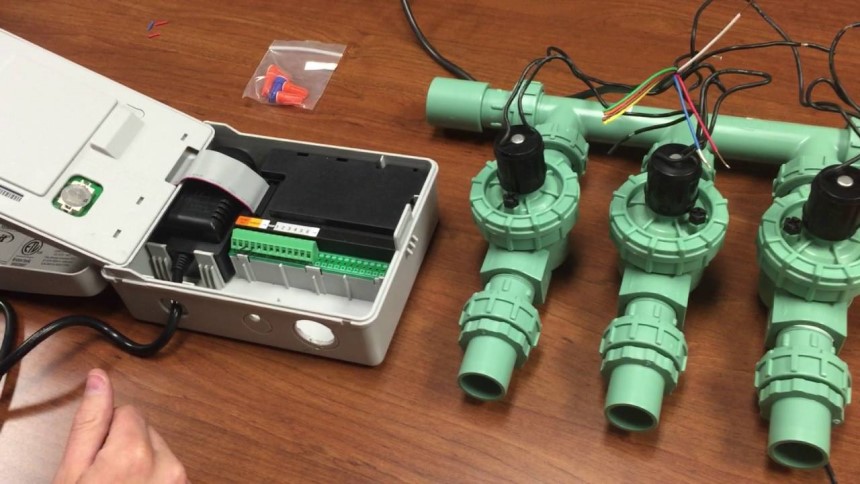
Programming
Even if you invest in the best sprinkler controller that you can afford, it can still cause problems if it is programmed incorrectly. An automatic sprinkler sends signals to open and close valves to start and stop the watering. If you find out that the valve is the problem, choose a new one with our list ofthe best sprinkler valves. This may seem strange, but many sprinkler “problems” are caused because the system is not programmed to operate. This may sound complicated, but the controller is easy to set up and run. Before you take any further action, confirm that the system is set up to run first to avoid wasting your time. If the programming seems fine it’s time to troubleshoot the rest of the sprinkler system.
Voltage
If the sprinkler control box won’t turn on at all there could be some voltage related issue.
Sensors
You could have the best smart sprinkler controller on the market but it will not function correctly if the sensors are faulty. It’s common for a sprinkler system to have a freeze or rain sensor built into the wired or wireless controller. Read more about the types of controllers in our best sprinkler controllers review! If you have a smart controller there should be functions to program your system for a wide variety of weather conditions. In both cases, the controller can skip watering sessions if it’s already rained to save water. But, if the sensor has failed or there is a connectivity issue this can cause the controller to stop working. There are a number of possible causes and fixing the sensors is a job for a trained technician.
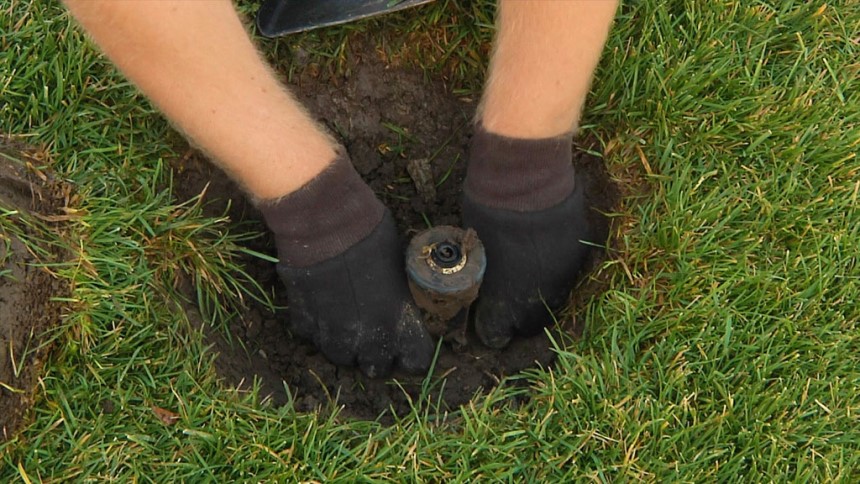
If there is a block or leak in the pipe that supplies water to the sprinkler heads they will fail to work efficiently.
If you’re wondering why won’t my bird sprinklers turn on? The cause may be a faulty valve and even the best sprinkler valve models can be affected. Valve problems can be broadly grouped into two categories, they are: master valve and zone valve problems. The master valve is the part that turns all the water on and off which is useful when you want to perform maintenance or winterize your system to prevent freezing. A zone valve is a valve that is located in other areas of your system to deliver water to sprinkler heads. The master valve is easier to access than the local valves and they may be controlled by a manual method. The local zone valves should be controlled automatically by your control box. Both types of valves can clog or break, repairs are possible, but in many cases it’s easier to replace the valve.
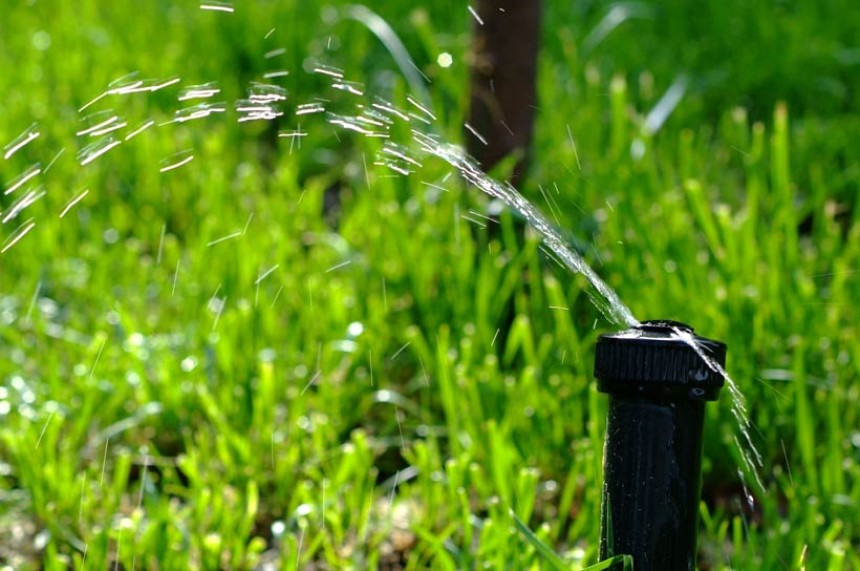
Purchasing a sprinkler for low pressure may not be the best solution to the problem. If you speak to a local certified plumber you may find that you can increase the water pressure. Many low water pressure issues can be solved by installing a water pressure regulator.
Here are five tips to help you maintain your sprinkler system throughout the year:
We briefly covered this earlier but it’s worth noting that the ideal water pressure for your home should be in the 40-65 PSI range.
Before you turn on your sprinkler system for the first time look for any heads that are broken or missing. Large volumes of water can cause overwatering that can damage your lawn and plants.
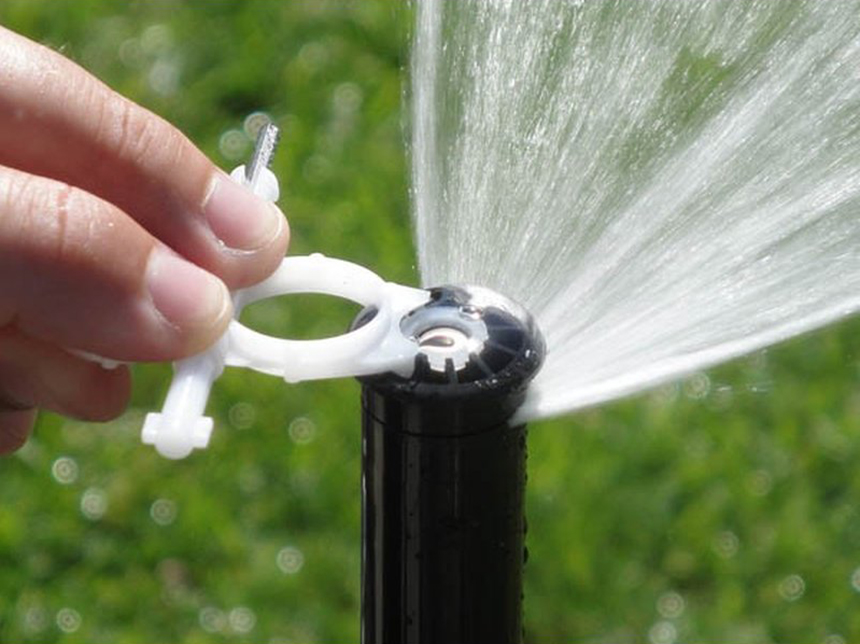
The timer needs to be adjusted to match the seasonal needs of your plants. Plants tend to have different watering needs and this can change during the year. Generally, plants need less water in spring and fall and more water during the summer. Many people forget to change their controller settings as the season changes and this can have a dramatic effect on their gardens.
When your lawn is exposed to more sunlight the water needs will increase. Longer days will mean that you lawn and plants need more water. So, you need to alter the sprinkler system to increase the runtime to meet this need.
When you’ve invested your money into a system and the sprinklers won’t turn on it can be a frustrating experience. There are a number of possible causes and it can take a while to find the cause. In certain cases some simple cleaning will fix the problem, but if you have a problem with the controller or a water leak it can be tricky. It’s always worth trying to identify and fix the problem yourself if you have the time. In many cases, it’s the programming that’s wrong and the system isn’t set up correctly. If you’re in any doubt about your DIY skills or you can’t find the source of the problem it’s a good idea to contact a professional.


